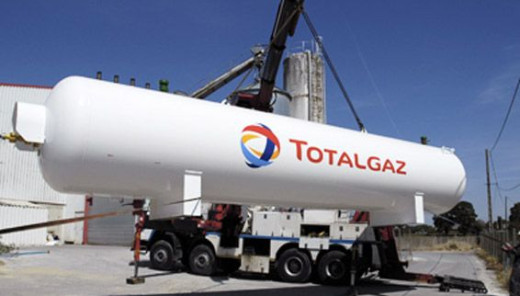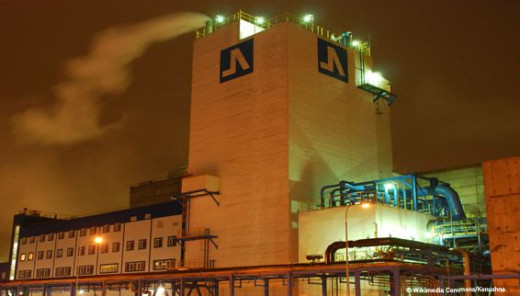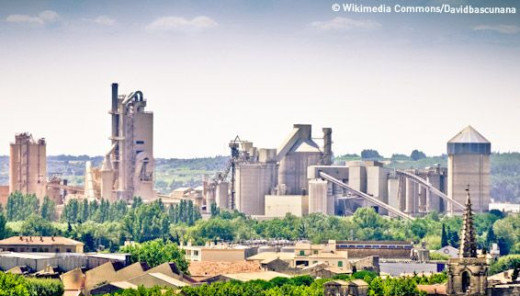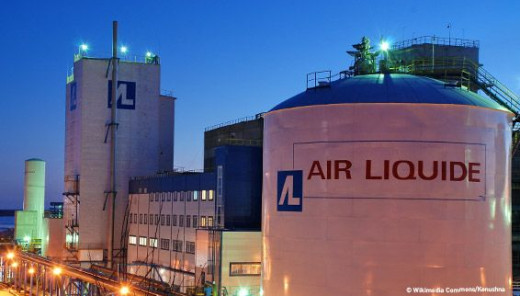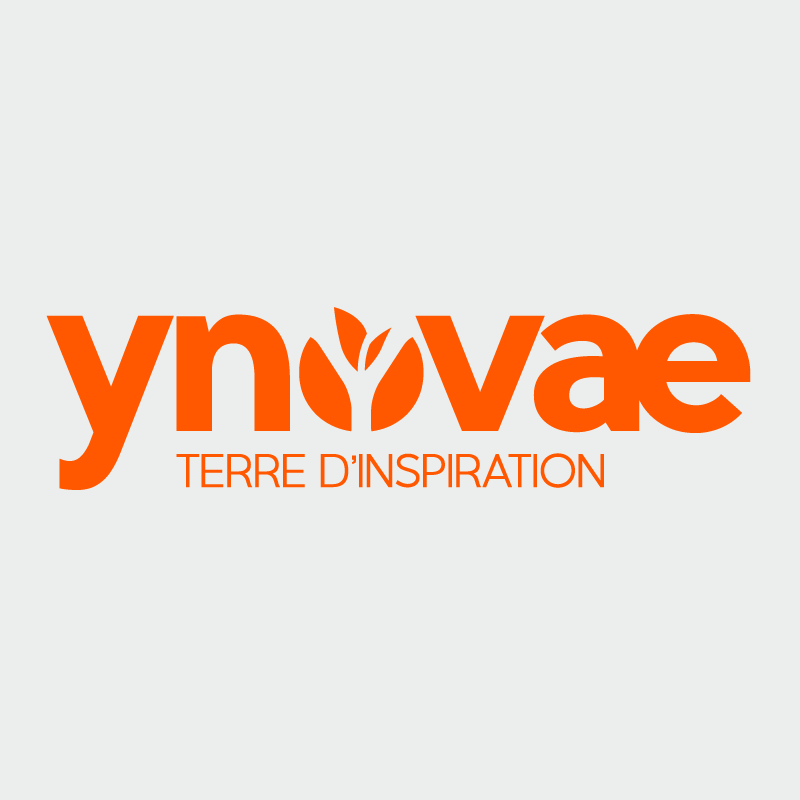LP-SupplyChain is a purpose-designed logistics network tool design that objectifies strategic or tactical decision-taking. It is used to define logistics master plans, by validating the usefulness of changing the network design or even revising transport flows and trading areas.
Eurodecision relies on its LP-SupplyChain tool and its teams’ expertise to propose a wide range of services to its clients starting from tailored investigation to delivering a software tool that integrates its optimization component.
The challenges faced
The LP-SupplyChain tool can be used to:
- choose the right sites for plants and size manufacturing
- choose the right sites for warehouses and size the stocks
- review the trading areas
- optimize upstream (procurement) and downstream (distribution) transport flows
- optimize the choice of des suppliers (sourcing)
Why choose our component?
- to generate gains on logistics, transport and industrial costs
- to simulate and examine scenarios (site set-ups, variation in demand, etc.)
- to simulate the impact of changes to the network
- to define your 5-year master plan
Main features
The tool can obtain the following results:
- choice of location of your establishments (from a list of potential sites)
- site and capacity sizing
- upstream and downstream flow quantification
- evaluate the economic importance of investment on capacity
- identification of trading areas
- supplier selection
Optimization applies to all costs – raw materials, industrial, logistics and transport.
Senior management
Operations management
Purchasing management
Industrial management
These are the main modeling characteristics:
- multi-level (example: suppliers, plants, depots, customers, there is no limit to the number of levels)
- multi-products, multi-product families
- representation of industrial and logistics processes with several types of resource constraint at each plant (example: raw materials, working time, etc.)
- description of materials schedules and product manufacturing recipes in the industrial processes
- multimodal transport
- multiple periods
Logistics network organization modeling primarily requires the following data:
- list of sites (actual or potential): plants, depots, platforms, etc.
- site capacities
- list of product families and product
- list of customer delivery points (with their demand by product)
- list of transport modes
- unit costs of upstream transport (on possible links)
- unit costs of distribution (on possible links).

